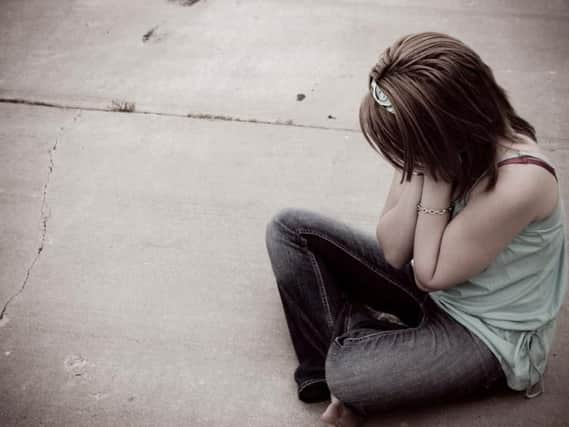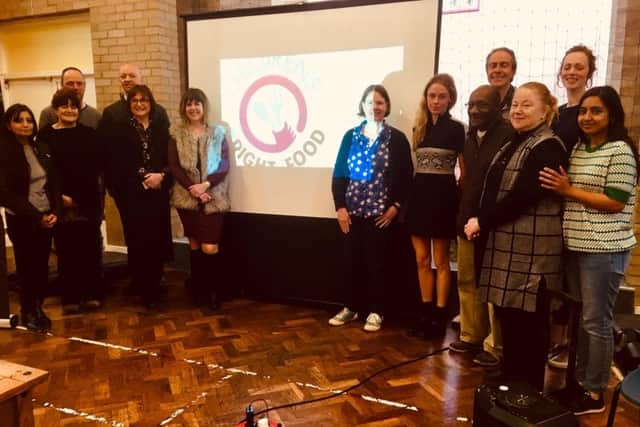Shocking figures show 13,633 children in Northampton are living in poverty as campaigners call for Government action


The report, compiled by the End Child Poverty coalition, shows that 13,633 children living in poverty in Northampton; 4835 in Daventry; 5386 in South Northamptonshire; 6061 in Kettering; 7712 in Wellingborough; 8124 in Corby.
The data highlights how levels of child poverty vary across Britain and shows that poverty is on the rise - and rising fastest in places where it is already highest, the coalition says.
Advertisement
Hide AdAdvertisement
Hide AdAnna Feuchtwang, chair of the End Child Poverty coalition, said: “We know what causes child poverty and we know how to end it. We know that the income of less well-off families has been hit by severe real-terms cuts in benefits and by higher housing costs. And we know that work alone does not guarantee a route out of poverty, with two-thirds of child poverty occurring in working families.”


Rachel McGrath, of Northamptonshire Food Poverty Network, said: “Northamptonshire Food Poverty Network is campaigning on issues related to child poverty locally most recently supporting activities through our network addressing holiday hunger and provision of activities during school holidays.
"However it is clear that there is a lack of a credible child poverty-reduction strategy and this must urgently be addressed. It is not the responsibility of local charities to keep on plugging the gaps where the system is failing.”
End Child Poverty is calling for the Government to set out an ambitious and credible child poverty-reduction strategy, including:
Advertisement
Hide AdAdvertisement
Hide Ad* Restoring the link between benefits (including housing support) and inflation, and then making up for the loss in the real value in children’s benefits as a result of the 4-year freeze and previous sub-inflation increases in benefit rates.
* Ending the two-child limit on child allowances in tax credits and universal credit-and reforming Universal Credit;
* Reversing the cuts and investing in children’s services such as mental health, education, childcare and social care.
The full report is available at http://www.endchildpoverty.org.uk/poverty-in-your-area-2019/